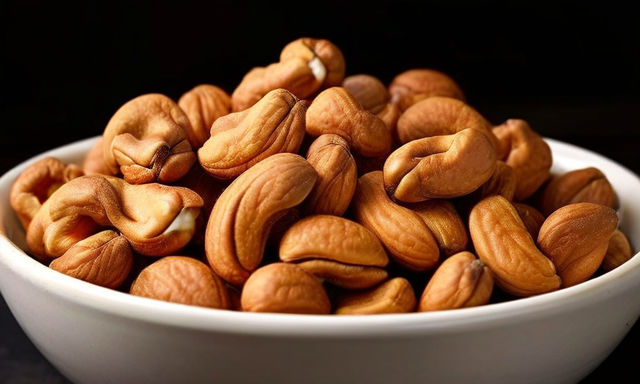What 100 Calories Looks Like Part 2 Video
Managing calorie intake is crucial for maintaining a balanced diet, whether you're trying to lose weight, gain muscle, or simply stay healthy. One of the challenges many face is visualizing what 100 calories actually look like across different types of foods. In this second part of our series, we explore various food items to give you a clearer picture of how much 100 calories represent in terms of everyday eats. Let's dive into how much of each food equals approximately 100 calories and what this means for your dietary choices.
1. Bread
- 40g of Bread (about one slice): Bread varies widely in calorie density, but a typical slice of commercially available whole grain bread weighs in at roughly 40 grams and contains about 100 calories. It's a staple in many diets, serving as a good source of carbohydrates and fiber, though portion control is key.
2. Greek Yogurt
- 170g of Greek Yogurt (about 2/3 cup): Greek yogurt is celebrated for its protein content and creamy texture. A 170-gram serving provides 100 calories along with benefits like probiotics for gut health and calcium for bone strength.
3. Chocolate
- 18g of Chocolate (a small square): While chocolate is often high in sugar and fats, it also contains antioxidants. An 18-gram piece of dark chocolate (about the size of a small square from a standard bar) hits the 100-calorie mark. Enjoying chocolate in moderation can satisfy sweet cravings without overloading on calories.
4. Aioli
- 20g of Aioli (about 1.5 tablespoons): Aioli, a flavorful garlic mayonnaise sauce, is dense in calories due to its fat content. Just a small amount, roughly 1.5 tablespoons, will provide 100 calories. It's a delicious condiment but should be used sparingly if calorie control is a concern.
5. Apple
- 200g of Apple (about one large apple): Apples are a great source of fiber, vitamin C, and other antioxidants. A whole large apple, approximately 200 grams, contains about 100 calories. Apples are an excellent, filling snack that can help curb hunger without a high calorie cost.
6. Pesto
- 30g of Pesto (about 2 tablespoons): Pesto is rich in flavor and nutrients, thanks to ingredients like basil, pine nuts, and Parmesan cheese. Two tablespoons, or about 30 grams, make up 100 calories. Due to its high oil content, pesto is calorie-dense, so moderation is key.
The Takeaway
The examples above illustrate how different 100 calories can look depending on the food consumed. This awareness is key in making informed dietary choices:
- - Portion Control: Knowing how much of each type of food makes up 100 calories can help you manage portion sizes effectively.
- - Balanced Choices: Mixing higher calorie dense foods with lower calorie options (like combining bread with a high-fiber apple) can help you feel fuller and ensure nutrient diversity.
- - Read Labels: Always check nutrition labels to understand the calorie content of packaged foods, as densities can vary widely even within the same food category.
- - Mindful Snacking: Being aware of calorie counts can prevent overeating, especially with high-calorie foods like chocolate and aioli.
- - Opt for Whole Foods: Whole foods like fruits and vegetables generally contain fewer calories by volume compared to processed foods and offer more nutritional benefits.

Conclusion
Understanding what 100 calories look like in various foods helps demystify portion sizes and can guide you towards making healthier and more balanced dietary choices. Whether you're trying to lose weight, maintain weight, or simply eat healthier, having a visual understanding of calorie content can empower you to achieve your dietary goals. Remember, balancing calorie intake with nutrient density is the key to a healthy diet.
Disclaimer: This blog post is for informational purposes only and does not constitute medical advice. Always consult with a healthcare professional before making significant changes to your diet, especially if you have specific health conditions or dietary needs.
Ready to level-up?
Create meal plans 10x faster, follow up with your clients through our mobile app, and never struggle with meal planning or recipe management again.